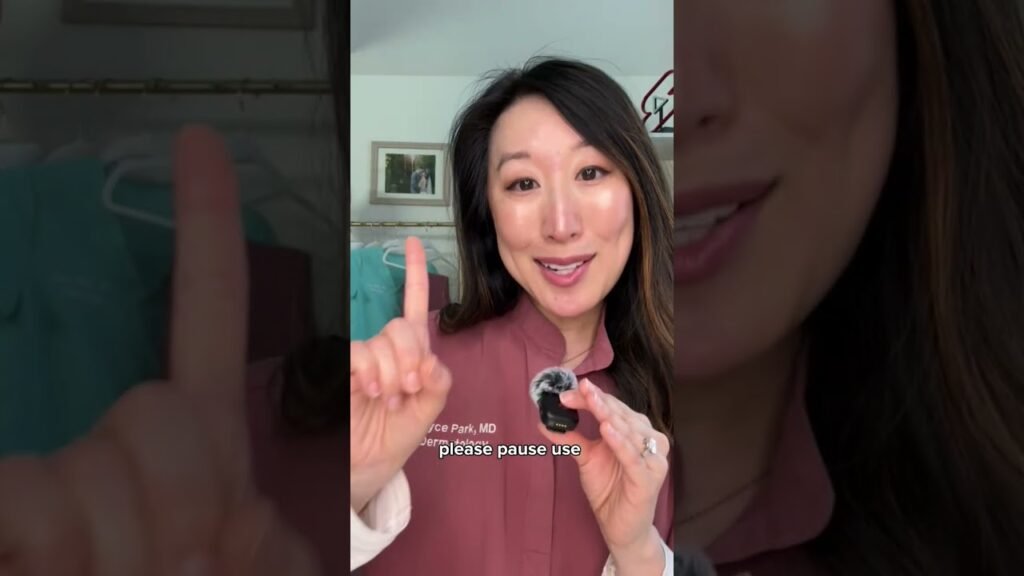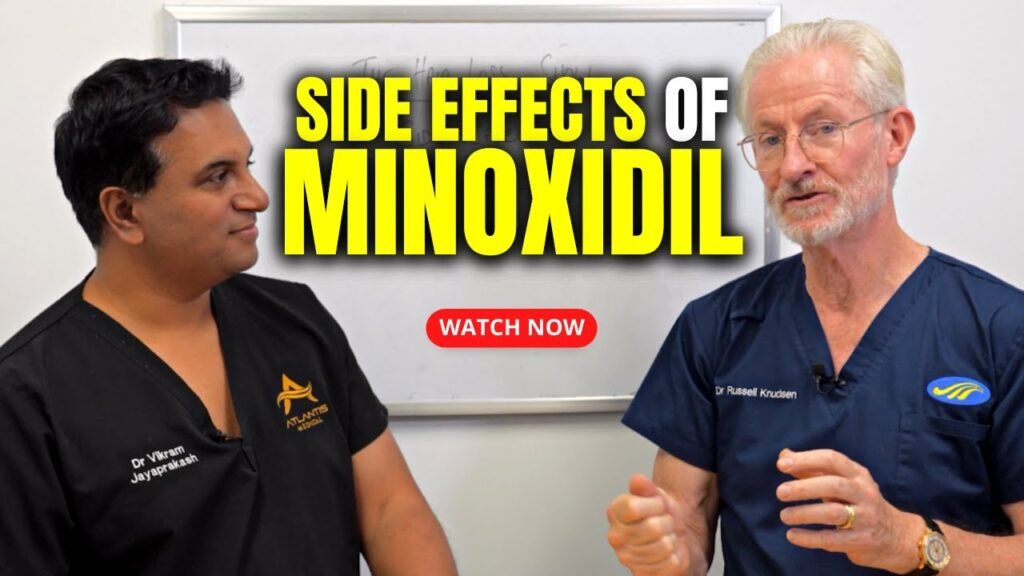Understanding Minoxidil: What Is It and How Does It Work?
Minoxidil is a topical medication widely recognized for its ability to promote hair growth and slow down hair loss. Initially developed as an oral medication to treat high blood pressure, researchers discovered its hair growth properties accidentally, leading to its formulation as a topical solution. It is now commonly available in 2% and 5% concentrations and marketed under various brand names like Rogaine. Primarily, it is used to treat androgenetic alopecia, commonly known as male or female pattern baldness.
How Does Minoxidil Work?
Minoxidils exact mechanism for promoting hair growth is not entirely understood, but several theories exist. One of the prevailing theories is that Minoxidil acts as a vasodilator, which means it widens the blood vessels. This vasodilation increases blood flow to hair follicles, providing them with more oxygen and nutrients. Enhanced blood circulation helps to rejuvenate shrunken hair follicles, prolonging the growth phase of the hair cycle, known as the anagen phase. This results in thicker, longer strands and potentially slows the progression of hair thinning.
Another significant aspect of Minoxidils function is its ability to stimulate the hair follicles directly. It is believed to open potassium channels, allowing more potassium ions to enter cells. This process may encourage hair follicles to move from the resting phase (telogen) back to the growth phase (anagen), thereby increasing hair density. Regular application is crucial for sustained results, as discontinuation can lead to the resumption of hair loss. Users often notice new hair growth after several months of consistent use, highlighting the importance of patience and adherence to the treatment regimen.
Common Side Effects of Minoxidil: What You Need to Know
Minoxidil, a popular over-the-counter treatment for hair loss, is generally well-tolerated, but like any medication, it may come with some side effects. Understanding these potential side effects can help users make informed decisions about their treatment options. Some of the most frequently reported side effects include scalp irritation, itching, and dryness. These symptoms occur because Minoxidil is applied directly to the scalp, and some individuals may experience sensitivity to the formulation.
Scalp Irritation and Dryness
One of the most common side effects of Minoxidil is scalp irritation, which can manifest as itching, redness, or a burning sensation. This occurs because the active ingredient may cause a mild inflammatory response in some users. Additionally, the alcohol and propylene glycol used in some Minoxidil solutions can lead to dryness or flakiness of the scalp. To mitigate these effects, users may opt for a foam formulation, which tends to be less irritating, or consider moisturizing the scalp with a gentle, non-comedogenic lotion.
Unwanted Hair Growth
Another side effect that users may experience is unwanted hair growth on areas other than the scalp, such as the face or hands. This occurs when Minoxidil comes into contact with these areas during application. To minimize the risk of this side effect, it is crucial to apply the product carefully, using only the recommended amount, and to wash hands thoroughly after each application. It is also advisable to avoid touching other parts of the body immediately after applying Minoxidil to the scalp.
In some cases, users may experience an increase in hair shedding when first starting Minoxidil treatment. This is typically temporary and is part of the process where older hairs make way for new growth. If side effects persist or become bothersome, consulting with a healthcare provider can provide guidance and potential alternatives.
Can Minoxidil Cause Rashes? Exploring the Possibility
Minoxidil, a widely-used topical treatment for hair loss, is generally well-tolerated by most users. However, some individuals may experience side effects, including skin-related issues such as rashes. Understanding whether minoxidil can cause rashes is crucial for those considering or currently using this treatment. While not everyone will experience this side effect, its important to recognize that skin reactions can occur.
One potential reason for rashes associated with minoxidil use is an allergic reaction. Some individuals may be sensitive to minoxidil itself or to other ingredients in the formulation, such as propylene glycol or alcohol, which are commonly used as solvents. Allergic reactions may manifest as redness, itching, or a rash at the application site. If you notice any of these symptoms, its advisable to discontinue use and consult a healthcare professional for further evaluation.
Apart from allergic reactions, irritant contact dermatitis is another possible cause of rashes from minoxidil use. This type of dermatitis occurs when the skin becomes irritated by the chemical composition of the product. Symptoms can include dryness, flaking, and irritation in addition to rashes. Users with sensitive skin may be more prone to this type of reaction. Switching to a minoxidil formulation with a lower concentration or one that is free from certain irritants might help alleviate these symptoms.
How to Reduce the Risk of Rashes When Using Minoxidil
Using minoxidil can be an effective solution for hair growth, but some users may experience skin rashes as a side effect. To reduce the risk of rashes, it is essential to follow a few precautionary steps. First, perform a patch test before applying minoxidil extensively. Apply a small amount of the product on a discreet area of your skin and wait for 24 hours to check for any adverse reactions. If no irritation occurs, it is generally safe to proceed with regular application.
Another way to minimize the risk of rashes is by ensuring the skin is clean and dry before application. Moisture and impurities can exacerbate skin sensitivity, leading to irritation. Wash the area thoroughly and pat it dry before applying minoxidil. Additionally, avoid using other topical products that may contain alcohol or harsh chemicals in conjunction with minoxidil, as these can increase the likelihood of developing a rash.
Lastly, follow the recommended dosage as prescribed on the product label or by your healthcare provider. Overuse or incorrect application can lead to increased skin sensitivity and the potential for rashes. If you notice any signs of irritation, such as redness or itching, consider reducing the frequency of application or consulting a healthcare professional for personalized advice. By taking these steps, you can significantly reduce the risk of rashes while benefiting from minoxidils hair growth properties.
When to Seek Medical Advice for Minoxidil-Induced Rashes
Experiencing a rash after using minoxidil can be concerning, and knowing when to seek medical advice is crucial. Minoxidil-induced rashes can range from mild irritation to severe allergic reactions. Its important to monitor the symptoms closely. If you notice that the rash is accompanied by severe itching, swelling, or redness that doesnt improve with over-the-counter treatments, its time to consult a healthcare professional. These could be signs of a more serious allergic reaction that requires medical intervention.
Persistent or Worsening Symptoms
If your rash persists for more than a few days or begins to worsen, seeking medical advice is essential. A rash that spreads beyond the initial area of application, becomes blistered, or starts to ooze might indicate a more severe skin reaction. Persistent symptoms not only cause discomfort but can also lead to further complications if left untreated. A healthcare provider can assess the situation and determine if discontinuing the use of minoxidil or starting a new treatment is necessary.
Associated Systemic Symptoms
In some cases, minoxidil-induced rashes may be accompanied by systemic symptoms such as fever, difficulty breathing, or swelling of the face, lips, or tongue. These symptoms suggest a potential allergic reaction that could be life-threatening. Immediate medical attention is required if these symptoms occur, as they may indicate anaphylaxis, a severe and potentially fatal allergic reaction. Always err on the side of caution and seek prompt medical advice if you experience any of these alarming symptoms.


